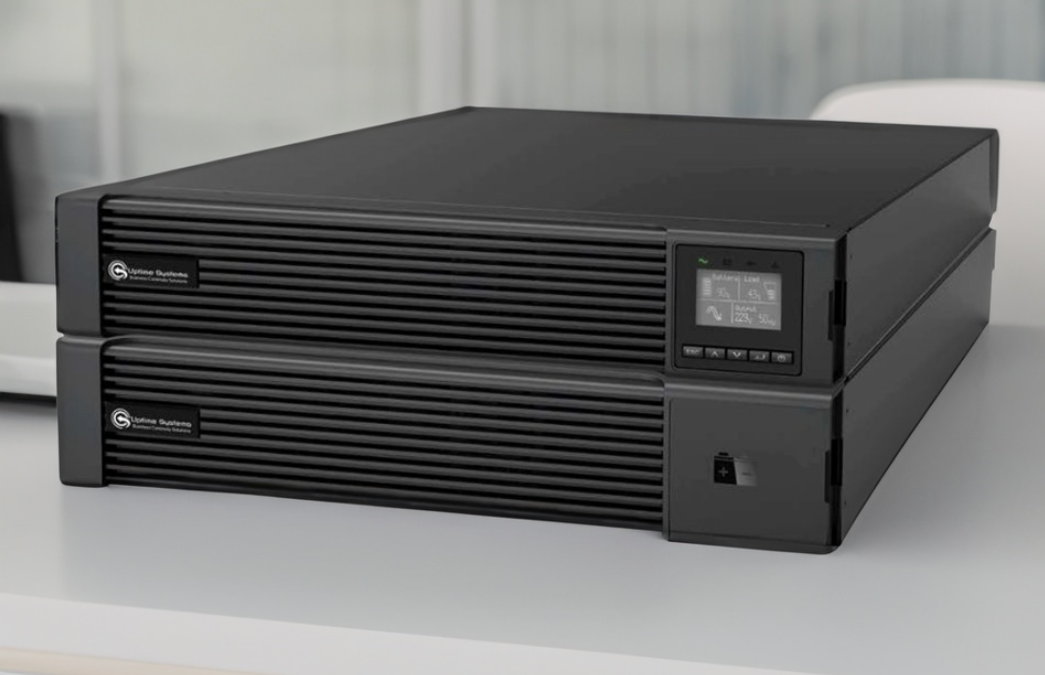What a common man knows about UPS (Uninterruptible Power Supply) systems is that it is the equipment that helps with power backup by storing electrical energy inside a battery. However, the functions of these UPS systems don’t stop just with a backup power supply. It is a lot more than the power backup you know now.
Curated below are some of the most important functions that any UPS system or solution performs. Let’s get started.
Major Functions of UPS Systems
- Regulating the grid voltages
- Protecting from surges or spikes
- Reducing the common-mode noise
- Stabilizing the frequencies
- Continuous power backup
- Bypassing or switching
Regulating the grid voltages
The voltages of the grid, mains power, or substations shall not be in the safe range every time the power is supplied, and this may affect the connected devices or equipment. This is where the UPS power system comes into play, detects the high or low voltages, regulates them in the safe range, and then supplies power to the connected devices.
Protecting from surges or spikes
Almost all the latest UPS models feature surge protectors or suppressors, and lately, they have become a mandatory component of these power supply systems. The function of these protectors is to protect the devices from voltage shocks by stabilizing unnecessary surges or spikes. Besides coupling with the UPS, these protectors are now coupled with the power distribution unit for enhanced safety.
Reducing the common-mode noise
Smart-UPS solutions feature noise filters that help filter out the noise current passing between the power lines and the ground. This function of UPS is important to deliver seamless power backup without distortion or noise. Not only do these filters block EMI and RFI, but they also smooth the current by reducing the fluctuations.
Stabilizing the frequencies
Like how the UPS power supply systems regulate and stabilize the high or low voltages, they also stabilize the frequencies at which the grid power is supplied. The per-second power supply cycles are constantly monitored, and when the cycles are not in the safe range, the inverter steps in and stabilizes the frequency so that the power supply is smooth and safe.
Continuous power backup
In the case of the online double conversion type, the UPS continuously backs up the power by converting the AC to DC and DC to AC, along with power conditioning. However, different UPS types offer power backup in different ways. Unlike Online UPS, in the case of offline or line interactive topologies, the UPS systems provide uninterrupted power backup, which is continuous only as and when required with the help of UPS battery backup.
Bypassing or switching
Though not UPS features bypass switches, all Online UPS types feature them as a standard component. The switching function of UPS is crucial in the case of overloading scenarios, maintenance, or repair services. This ensures the UPS functions are continuous and the connected equipment is protected as well. While some UPSs feature an automatic transfer switch, some feature a manual switch that involves manual bypassing.
Conclusion
Now that you know about every function of power backup systems, you can easily screen and choose the right UPS model or solution for your facility. If you need help with matching your power requirements with the right UPS system and its features, reach out to one of the leading UPS suppliers Australia! They have the expertise to consult and suggest the right solutions for your power and infrastructure needs.


